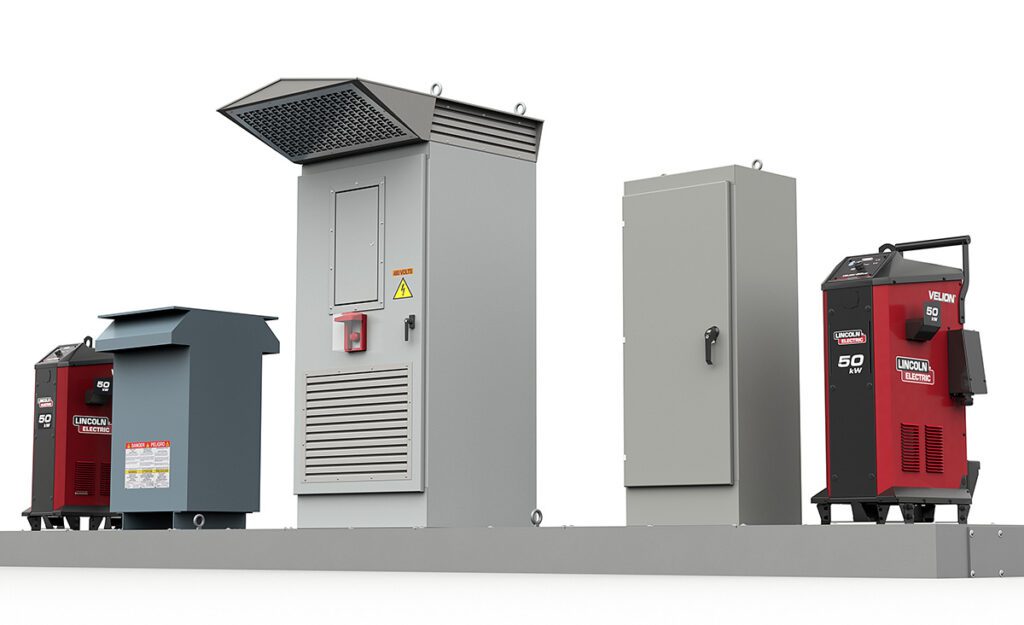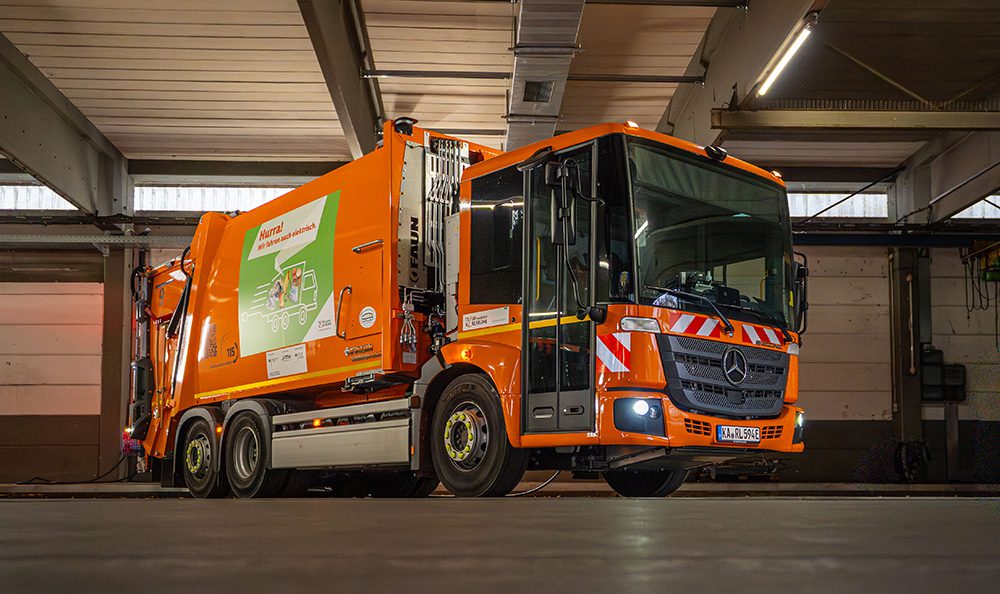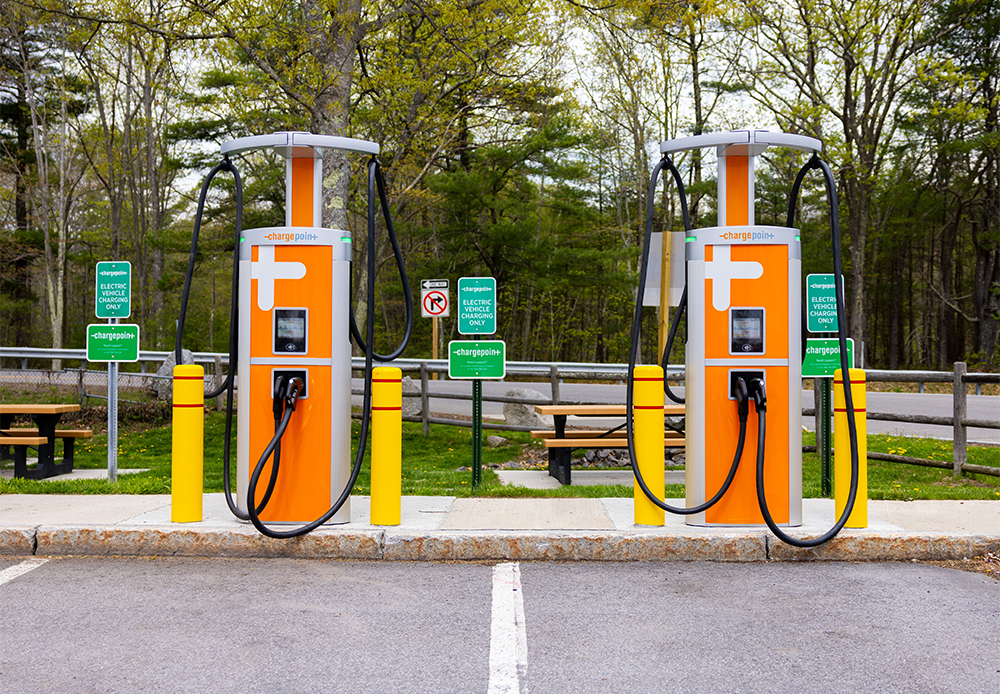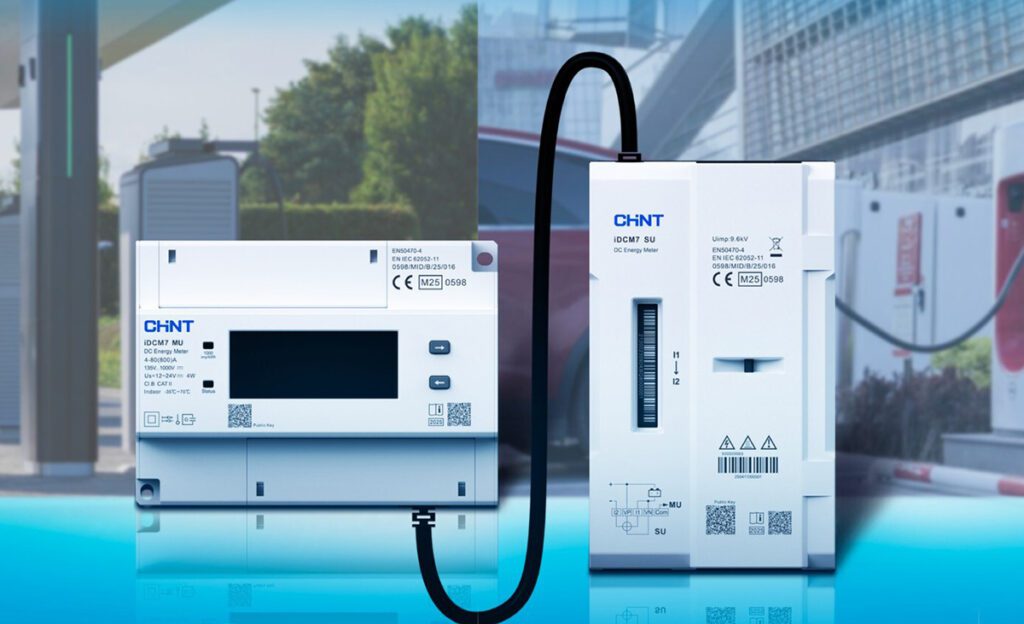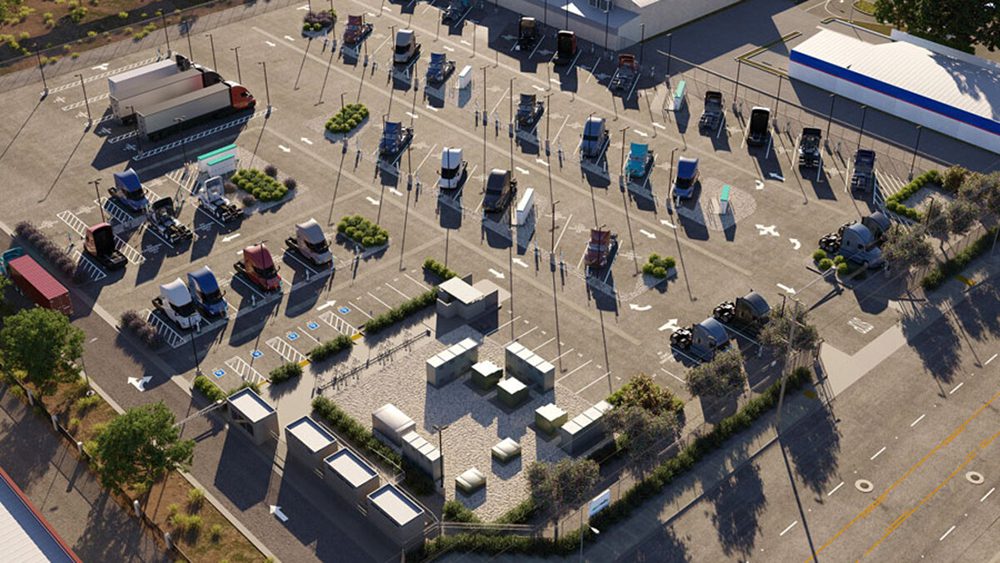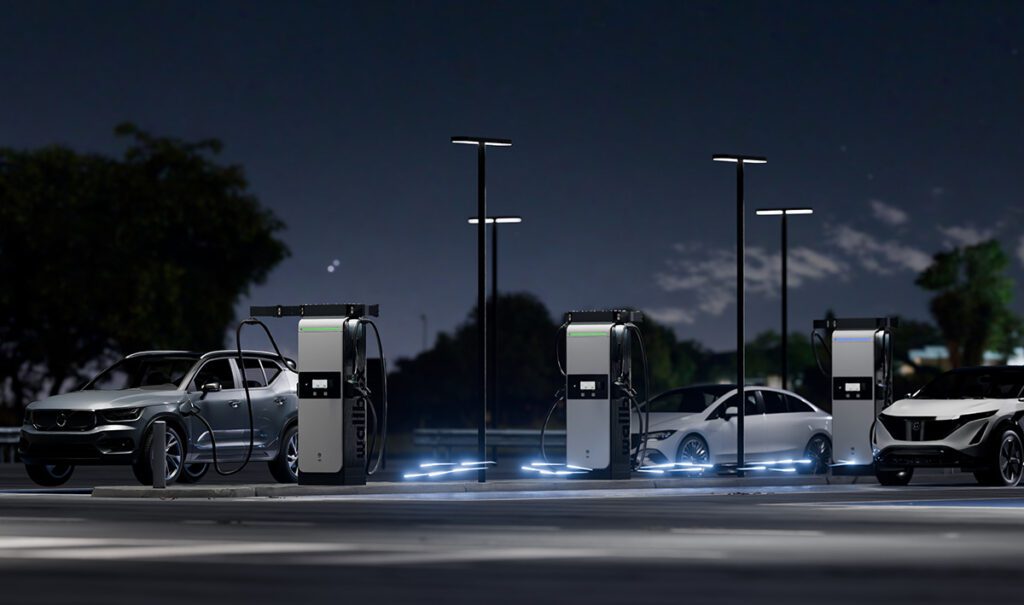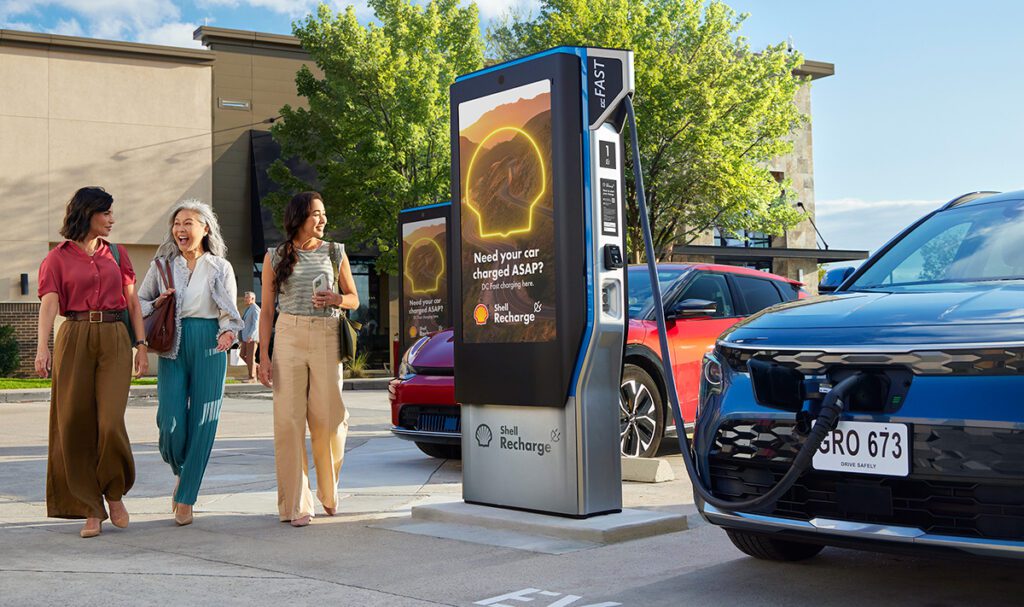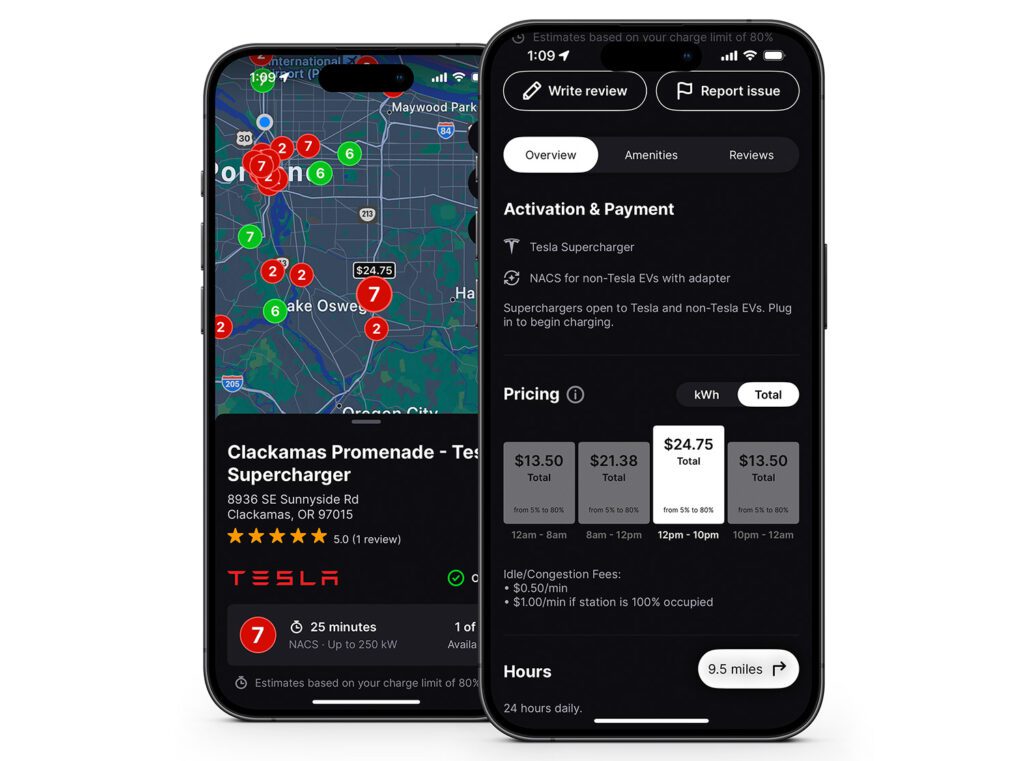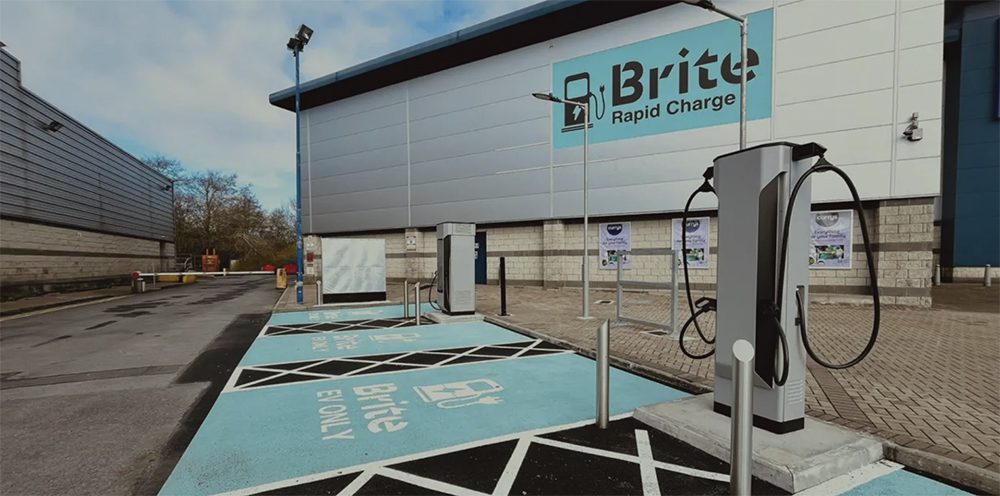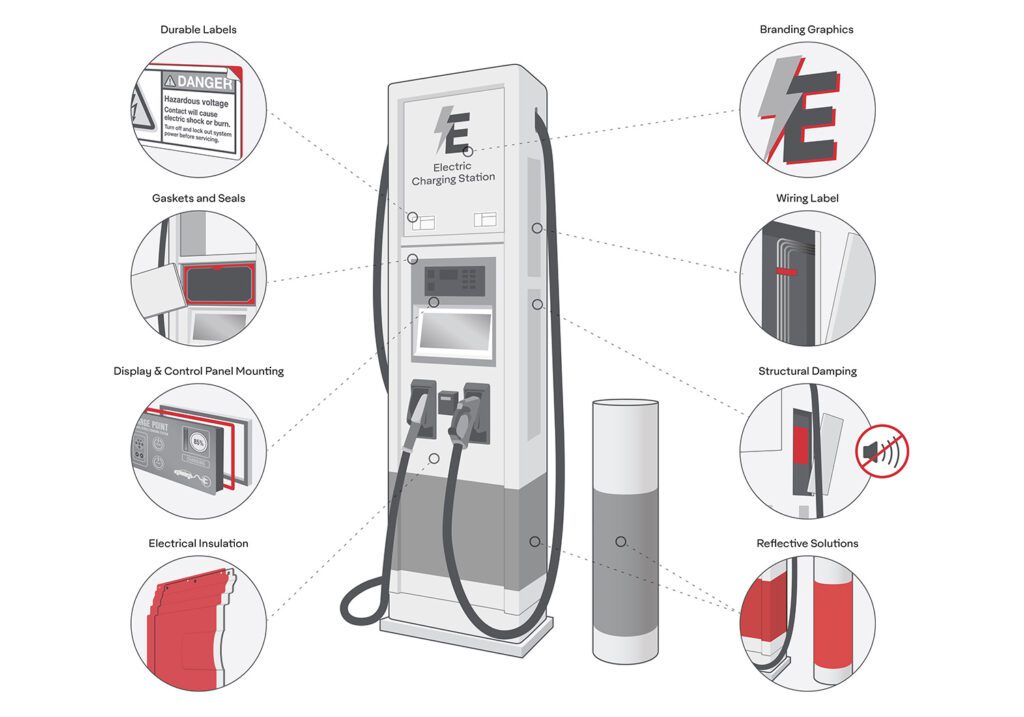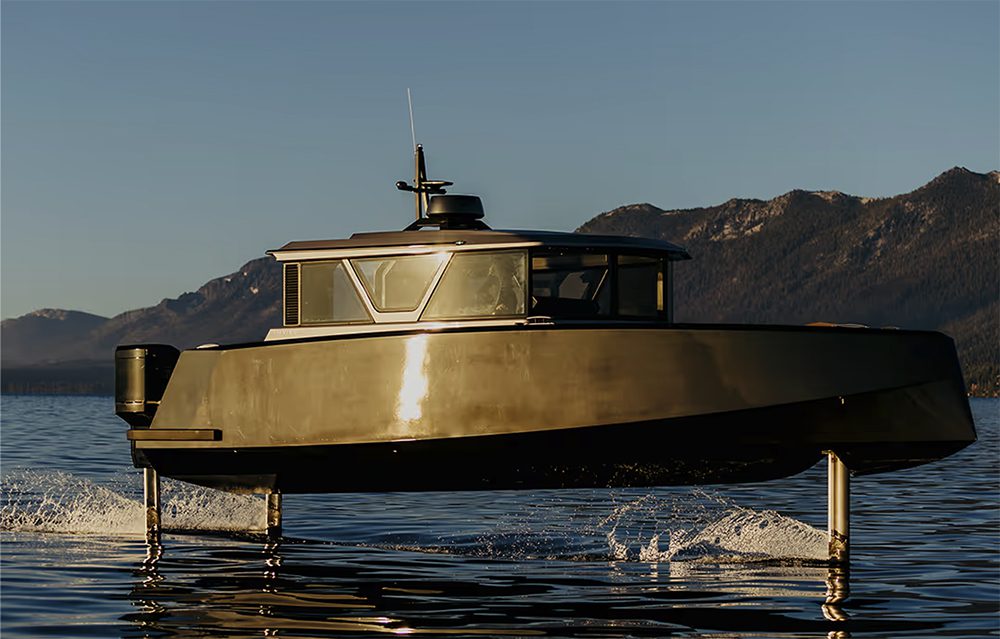Geologists have estimated that an area in the Upper Rhine Valley, in the Black Forest area of southwestern Germany, holds enough lithium for more than 400 million electric cars, making it one of the world’s biggest deposits.
The trove could reduce the reliance of the German car industry on imported lithium. The European Commission estimates that Europe will need to increase its supply of lithium by a factor of 18 by 2030, and by a factor of 60 by 2050. To date, Europe has been importing the bulk of its lithium from the “lithium triangle” in South America, and from Australia. Both sources have substantial local environmental impacts, in addition to the carbon cost of shipping the lithium around the world.
German-Australian startup Vulcan Energy Resources says it can deliver carbon-neutral lithium, extracted at geothermal power stations. “The lithium deposit we’re talking about here is gigantic, and its properties are ideal for our goal of producing high-quality lithium on a large industrial scale in Germany,” Vulcan Energy Resources co-founder Horst Kreuter told Reuters.
The company plans to invest 1.7 billion euros ($2 billion) to build up to five geothermal power stations and facilities to extract the lithium. It says it could be producing 15,000 tons of lithium hydroxide per year at two sites by 2024, and an additional 40,000 tons per year in a second phase beginning in 2025.
Kreuter says he is already in talks with cathode and battery manufacturers, as well as auto OEMs. Spokespersons for Mercedes-Benz and BMW expressed interest in sourcing lithium from the Rhine Valley deposits, but all parties acknowledge that it will take time for substantial volumes to be delivered.
Utility EnBW also has plans to extract lithium in the Black Forest area, at an existing plant in the town of Bruchsal. The company estimates that the Bruchsal site could produce 900 tons of lithium per year. It expects to produce lithium on a pilot basis by the end of this year, and make a decision about the project’s feasibility by 2024.
Advocates say that linking lithium production to geothermal energy is a green solution, but there are detractors. In 2007, geothermal drilling caused underground layers of gypsum to swell, damaging houses in Staufen, a picturesque village in the Black Forest.
Source: Reuters via autoblog




























































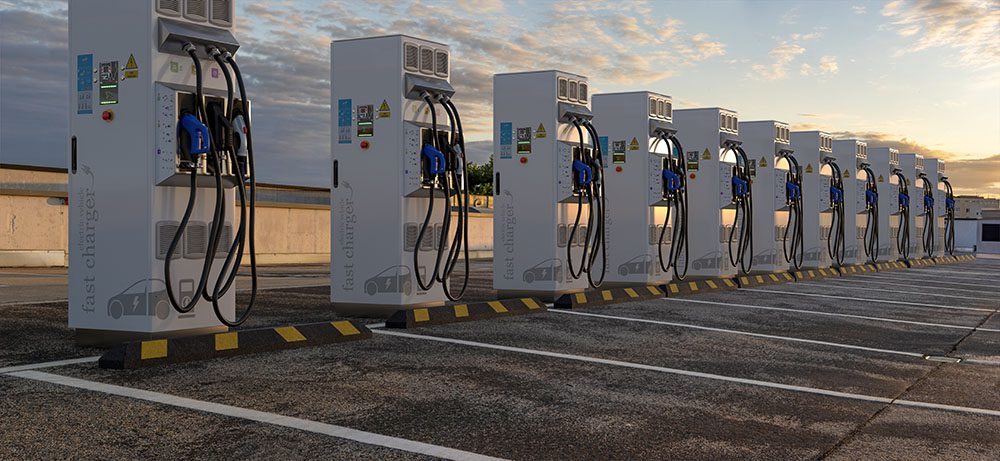



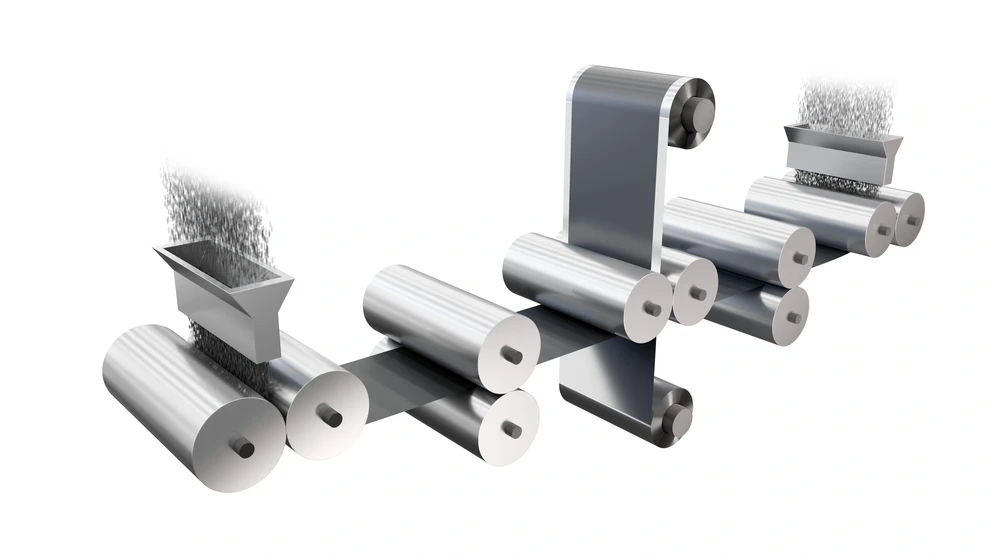

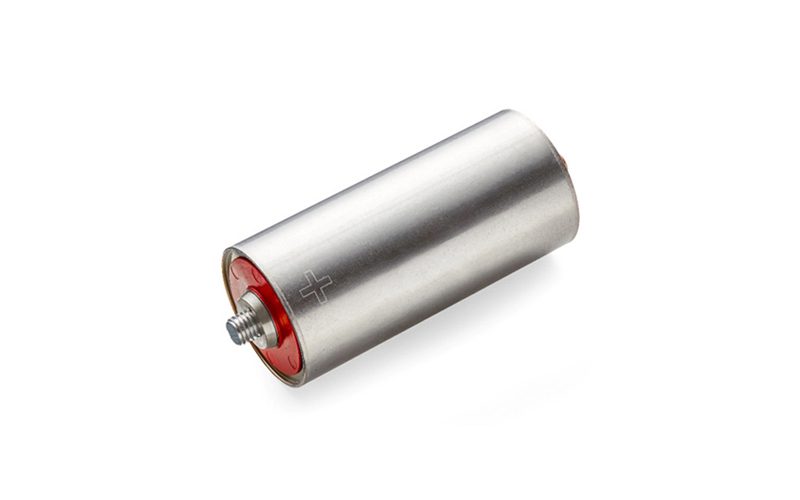


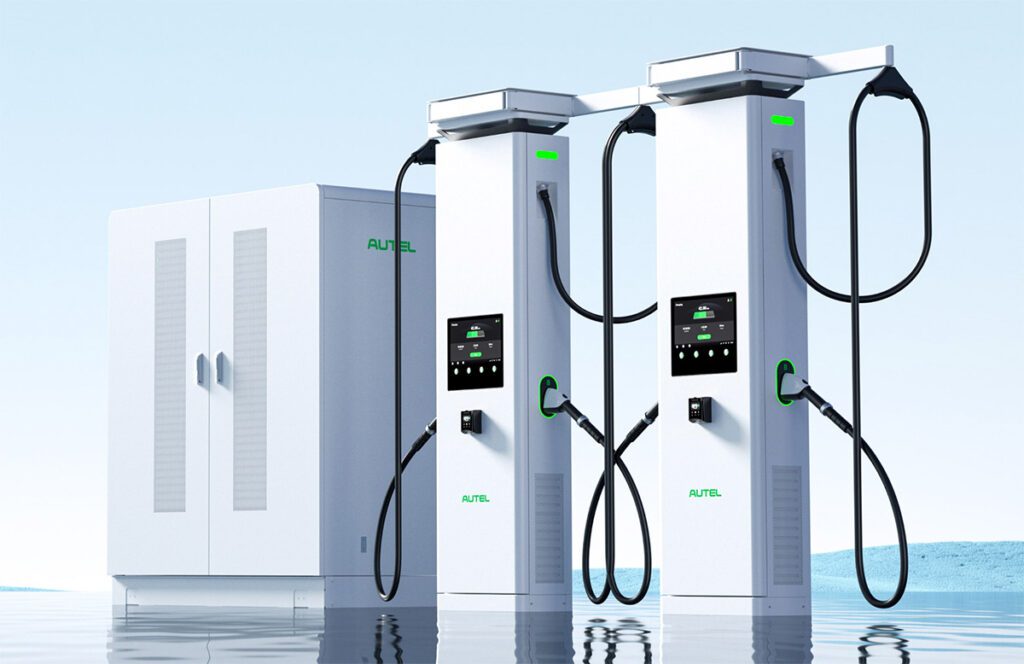
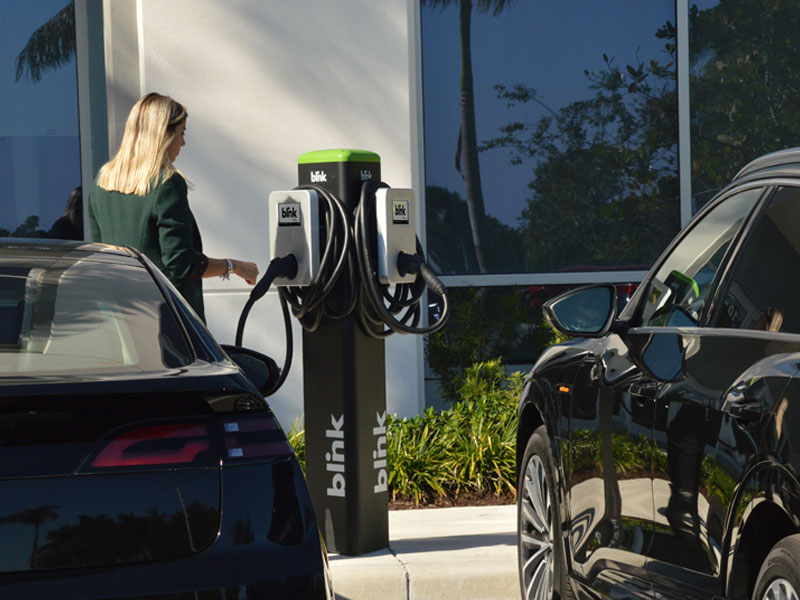
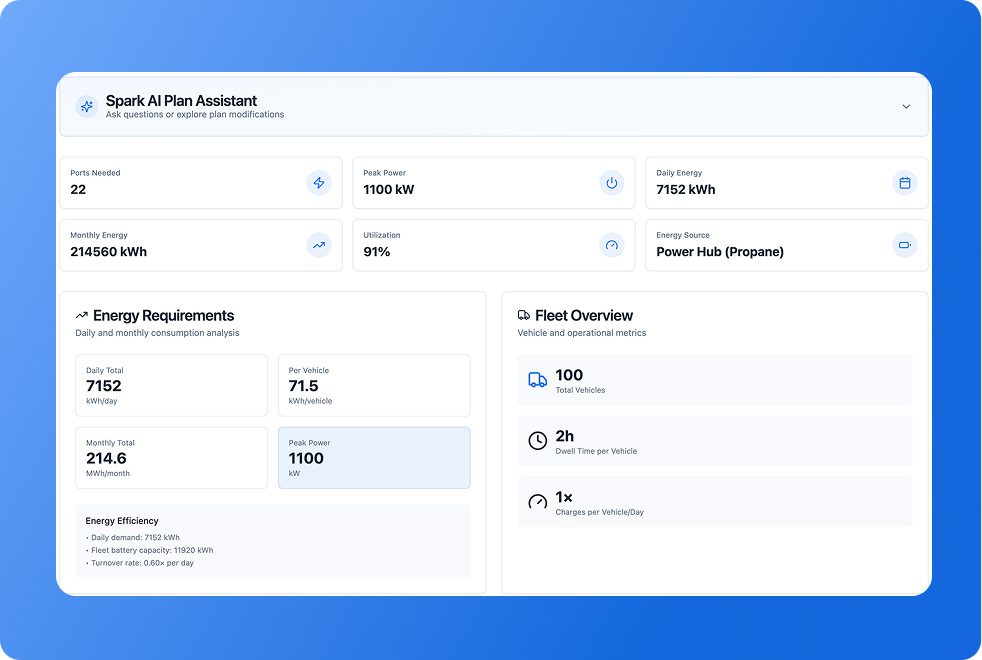
![New York City may replace Central Park’s horse-drawn cabs with electric carriages [Updated]](https://chargedevs.com/wp-content/uploads/2025/09/AdobeStock_273233016.jpg)
